 Every (smart) business and sales professional wants to sell more to their current clients.
Every (smart) business and sales professional wants to sell more to their current clients.
In my favorite marketing book, Getting Everything You Can From All You’ve Got, Jay Abraham shares the geometric principle of business growth. He says there are only three ways to grow a business.
- Get more customers
- Sell more things to current customers
- Increase the frequency of purchase
The problem is that most businesses only focus on #1. When it comes to #2 and #3, cross selling to current clients usually gets lip service, a page buried on the website, and maybe a specialist. Unfortunately, that’s where the gold lies.
If you only do #1, focusing all your effort on new logos, your business will grow linearly. From a sales perspective, 15% growth requires 15% more new customers. It’s important work and hard work, but 15% growth won’t get anyone too excited — especially if you had to discount products to convince new customers to buy into your business.
The profitable and dramatic growth happens inside your current customer base by cross-selling additional products and services. This is especially true in mature industries where profit margins on the core offering are dropping. In this scenario, the question we should be asking is, “How can I sell more things to current clients where I have a trusted relationship?”
An Example
Consider Jay Abraham’s geometric model in practice for a sales team doing $10 million a year in sales with a core hardware product. This company has also launched a new managed services program which could benefit many of their clients:
- Get More Customers: Grow hardware sales by 15% = +$1.5M
- Sell More to Current Customers: Convert 120 customers to managed services at $1,500/month = $1.8M (in profitable recurring revenue)
- Increase the Frequency of Purchase: Launch a “Tech Security Program” that keeps tech current by switching from 5 year to 3 year leases–$50M portfolio refresh changes from 5 year cycle ($10M per year) to an average 4 year cycle ($12.5M per year) in upgrades = +$2.5M
A Few Observations:
- The total effect of incremental growth in these three areas adds up to $5.8M.
- The incremental revenue in managed services as likely more profitable than the hardware and related service revenue making the profit impact even much more dramatic.
- The new clients that came on board are much more valuable. Sure, you may not have made much on the first sale, but now you have the opportunity to cross sell more profitable services.
- Cross selling thinks like managed services requires hard work. It takes focus, investment, and strategy. Because of how important it can be to drive profits, it should get a lot, if not most, of the executive team’s attention.
- The entire client experience matters. To do #1 you need a good sales team. To do #2 and #3 you need to consider the entire client experience. It requires a consistent message that gets communicated throughout the entire client lifecycle — marketing + sales + service.
What’s the takeaway here? Net-new logos are good. However, the real gold is mined after they become a client.
We complain about decreasing hardware margins on hardware deals. That’s the reality of a mature market. The real question we should be asking ourselves is how to build on the foundation of these relationships to create a profitable business model.
*This article originally appeared on LinkedIn Pulse on January 22, 2019.




